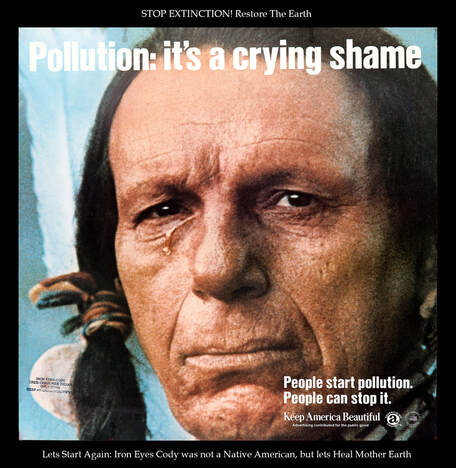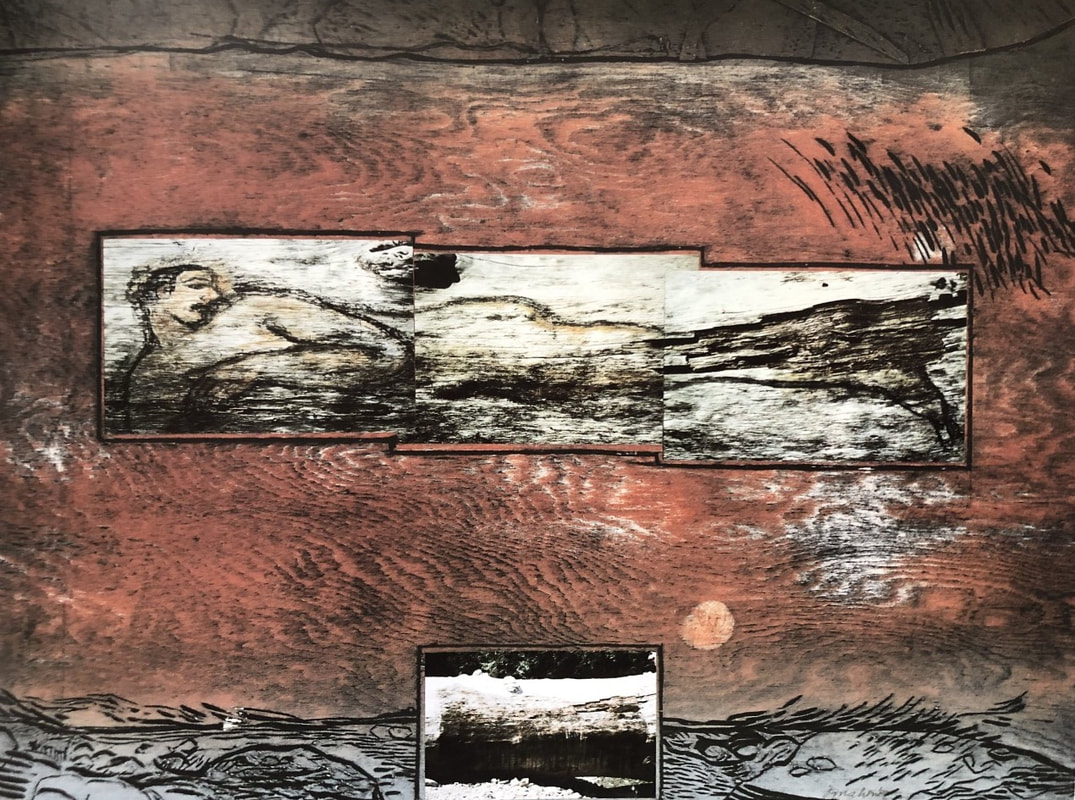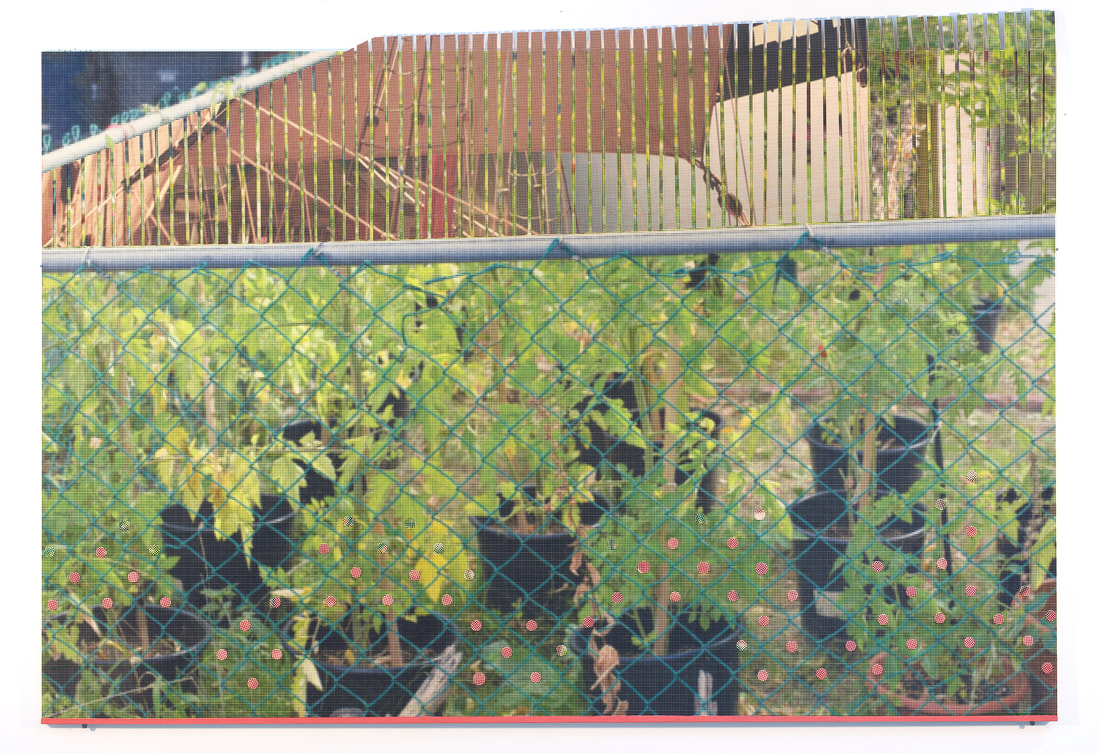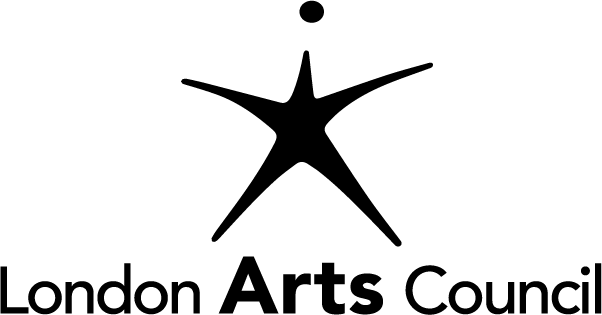Patrick Mahon and Jeff Thomas: A Conversation
Patrick Mahon and Jeff Thomas: A Conversation
Friday April 16, 2021
Jeff: This morning I was looking it up, and I saw that the first Earth Day was 1970. Then the following year was when the advertisements came on TV with Iron Eyes Cody, when I first became aware of Earth Day, myself. But of course, Earth Day was in United States schools, but I remember thinking, “Well that's kind of weird, the crying Indian doesn’t look like an Indian.” A couple years later I was on a city bus, and I saw a poster featuring Iron Eyes Cody, and I took it! I held on to it for a long time because I thought I might do something with it, so I put it on my bedroom wall. This was my introduction to Earth Day and I kept thinking, “Why they could not have found a Native American to play the part?”
Patrick: Yes, when you mentioned to me that we should reflect on our memories of our first connection with Earth Day, I had a sinking feeling! I thought, “Gee, when did I know about it? What is my first conscious memory of being aware of it?” So I looked it up, too. I think I now have a better sense as to when it became important for me. From 1986 to 1988, I lived in what was then the Northwest Territories and then we moved to Vancouver. Coming from Manitoba, and going to the North, and then to the West Coast really emphasized for me differences in land and ‘place.’
Right around when we moved to Vancouver, there was lots of resistance happening to the logging of the trees in the old growth forests, especially in the Carmanah Valley. I was fortunate to be invited as an artist on one of the trips there, to the West coast of Vancouver Island. That would have been right around Earth Day 1989. We hiked into the Carmanah Valley, and got to camp there. It was an amazing experience, amidst those giant trees that were unbelievable in their mass and age. One of the things I remember is that we had to make a work of art. I ended up picking up some burnt wood, and some decaying red cedar – it was almost like pigment – and just making a drawing of a person onto a giant log that was lying on the ground. I took a photograph of it, and then I washed it away. It was included in book of works by artists in support of the Carmanah Valley and anti-logging. It was my first really conscious connection with Earth Day, and any sort of activism regarding the environment.
So do we want to talk about our project, GardenShip, in relation to the ECH project?
Jeff: Yeah. You know what I was thinking about? How interesting it is to see something like Earth Day and Iron Eyes Cody come full circle from 1971 to 2021; the poster is part of my new work for Gardenship, and Gardenship is part of the ECH project and Earth Day 2021. It is really great to be able to do work with ECH, and is good for our exhibition in September.
Patrick: Yes, I think that this Embassy Cultural House exhibition offers a sense of ‘welcome,’ and a place we can be together as artists and makers around the moment of Earth Day, and this moment on the planet. I think as artists we benefit from the company of others. We don't all have to think exactly alike, but there does need to be a shared vision of the world. That's some of what is driving the GardenShip project, and the Embassy Cultural House, too, I think.
The work I put into the ECH show is from an earlier project I did called “Nonsuch Garden,” which was a bit of a precursor to GardenShip. The Nonsuch is a replica ship that was installed in Manitoba Museum in Winnipeg in the early 1970’s, to recognize the 300th anniversary of the Hudson’s Bay Company. I first saw it when I worked on it as a student laborer, after it was brought it into the museum. Definitely, at that time when I was about 16, the issues around colonization that it represents were not at all clear to me. But when I eventually started thinking about the Nonsuch again, in relation to colonization and the environment, it was really important for me. In a sense I had to look back at my own past, on a personal as well as a structural level.
Jeff: I’m thinking about the piece that I'm putting into GardenShip, “Corn Equals Life,” and I think about having the GardenShip artists in mind while developing the work. And co-curating the exhibition with you has shown me how to work with artists from very divergent art practices, who can come together as a community. The idea of community building and the effect the work in the exhibition can have is very exciting. What is also important for me is that it is cross-cultural exhibition. I’ve taken part in many Indigenous-based exhibitions over the years, and I’ve always wanted to expand beyond and take part in more cross-cultural projects.
Patrick: With our project I’ve been impressed that people seem to be willing to think deeply about their own identities, and to work closely with others whose identities have been very differently shaped. I have found that aspect, and working with you, Jeff, to be so good. It has meant that, instead of coming into a situation where there’s a lot of difference and being nervousness about making a mistake, there’s a sense that, with enough trust, and new learning, and some leadership, it can be a space of creative possibility and freedom.
Jeff: The project has also had an impact of how I view the direction I take next with making new work. I have plans to focus more on the landscape. To date I have been focused on urban scapes and the Indigenous urban experience, but I want to shift to the natural landscape, and approach it as a prayer for mother earth.
Patrick: I don't have your experience, but I would say my way of understanding how I can work as an artist now relates to having had a strong sense of place and belonging. I had that when I was growing up, and I’m finding it again – both here in this place, and through our project. When I came to London 25 years ago, I felt like an outsider. But today I feel a strong sense of home and connection. I think that's partly because I see so many things about London as analogous to Winnipeg. Not the same, but similar: like you've recognized, both have a confluence of rivers. And I see a certain way of understanding community, and being amidst diverse communities, that reminds me of when I was growing up. In my early twenties, I became immersed in a really diverse inner city community that included Indigenous people who I worked with. That kind of experience was significant in teaching me about the place that I lived. And I have that same sense here.






















